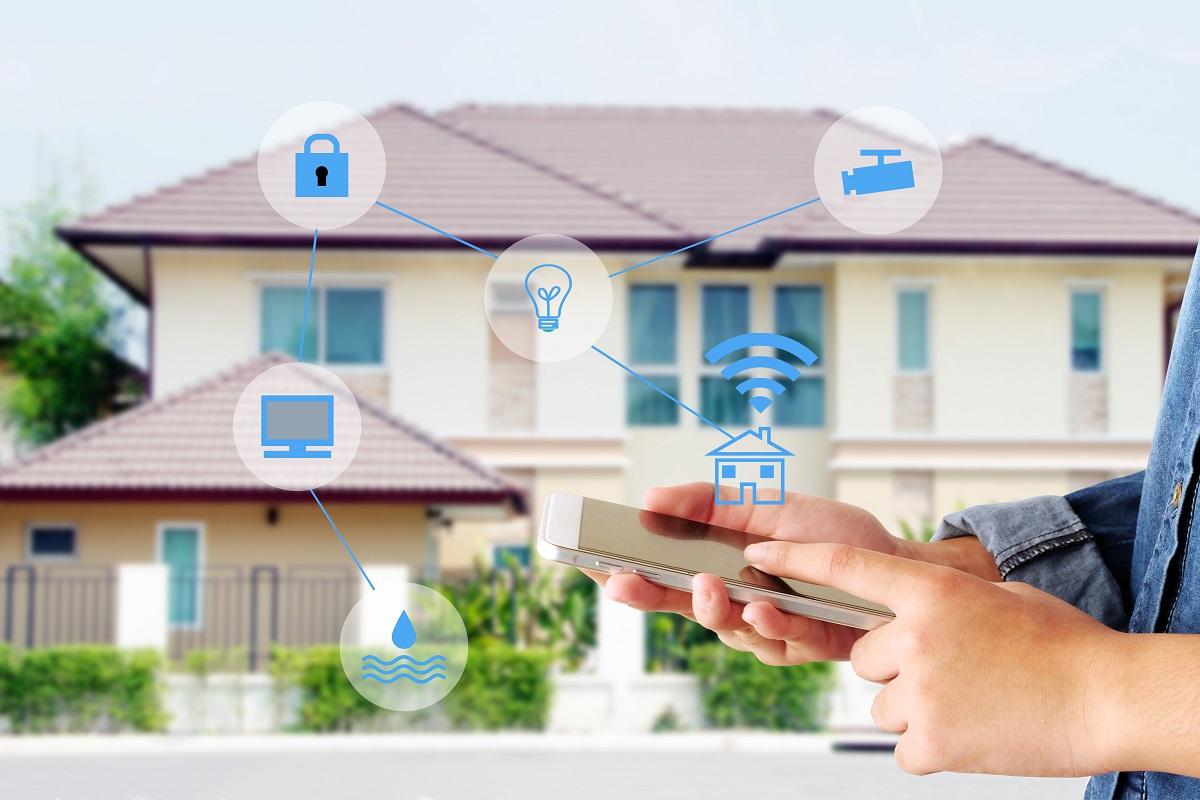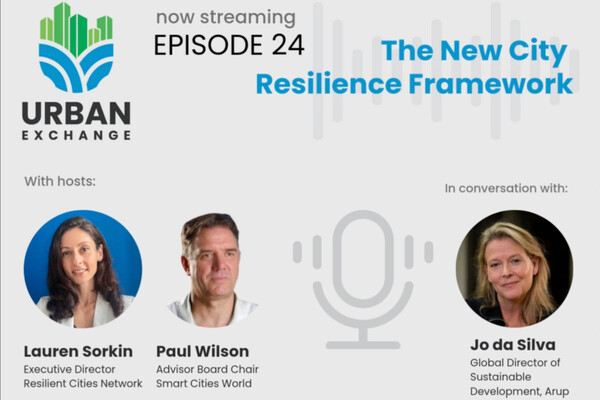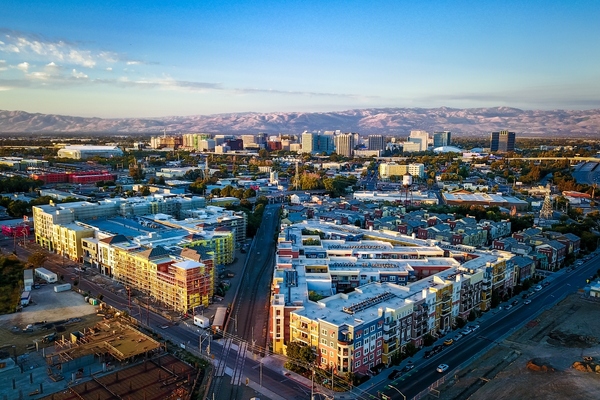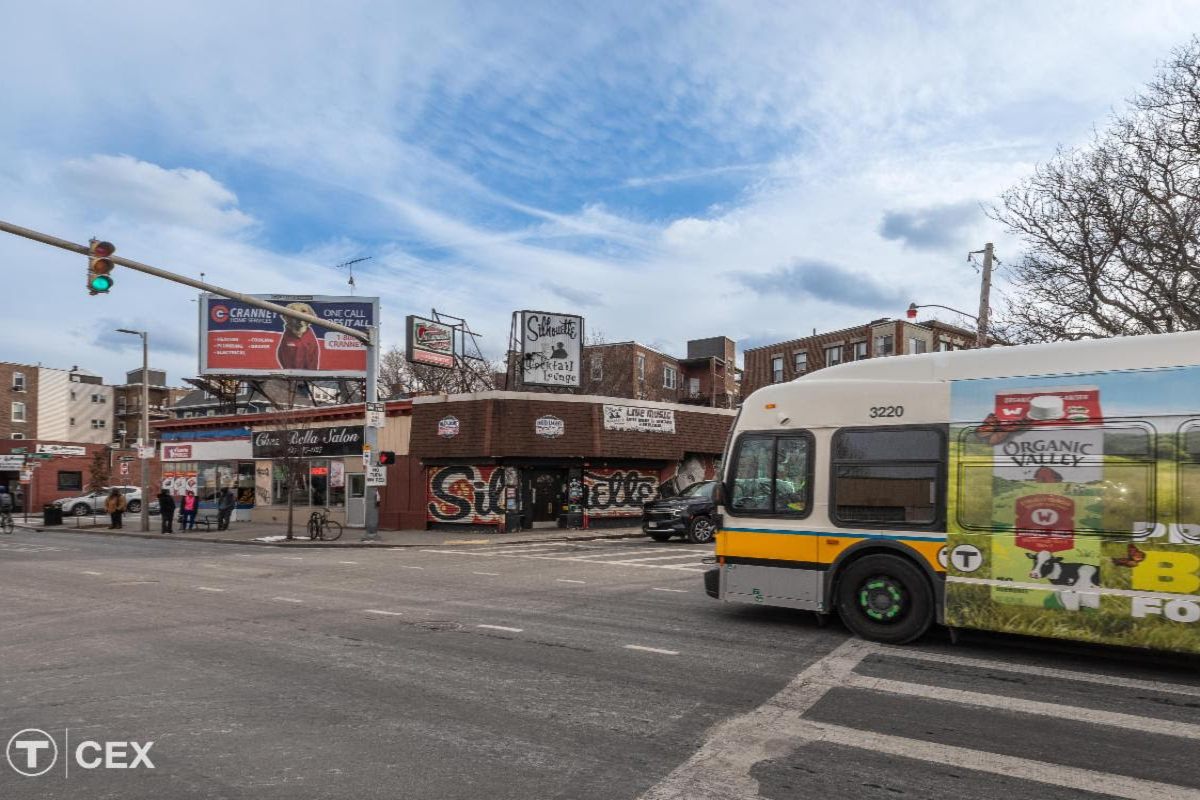Special Reports
SusHi Tech Tokyo 2024: experience ‘Tokyo 2050’ todaySponsored by The SusHi Tech Tokyo 2024 Showcase Program Executive Committee
In the heart of the [smart] city, home is where the heart is
A home should not be a bubble in the smart city, but part of the connected fabric for better living and quality of life, says Phil Brunkard, Republic of Things.

“Where people live affects their health and chances of leading flourishing lives,” states the World Health Organisation.
While the focus of this statement is on communities and neighbourhoods in urban areas – where over 55 per cent of the world’s population live – we should also recognise that we live in our homes just as much as we live in cities.
Not only should cities be smart but our homes should be smart too. However, there is arguably too much focus on gadgetry and gimmickry when it comes to today’s view of the smart home.
Sure, it might be beneficial to control utilities and entertainment and remotely manage security but the real societal benefits focus on the needs of vulnerable people at home.
There is arguably too much focus on gadgetry and gimmickry when it comes to today’s view of the smart home.
According to a McKinsey report released last year, as cities become smarter, vulnerable populations are being pushed further to the margins. With 68 per cent of the world’s population projected to live in urban areas by 2050, there is an increasing need for smart city initiatives to focus on the home within the city.
A home should not be a bubble in the smart city, but part of the connected fabric for better living and quality of life.
The role of technology
Within the UK, housing organisations are recognising this dilemma and looking to technology to help solve the challenge.
There are three fundamental areas where innovative use of technology such as IoT, machine learning and big data (or specifically social data) can make a significant difference and help people lead flourishing lives:
• Caring for the wellbeing of customers in their homes, including vulnerable or ageing people, to help them retain independence and improve their quality of life.
• Caring for the wellbeing of properties to provide safe and comfortable homes maintained to a high standard.
• Helping to connect local services and communities with the needs of people.
For example, movement-sensing technology can monitor whether properties are properly used, detecting issues under-usage or over-tenancy. It can also help address social isolation by ensuring vulnerable people are active, well and following their normal routine
Humidity, temperature and water leakage detection is an efficient way to check that a property is in sound condition and meets standards, as well as ensuring that buildings are comfortable, liveable and safe.
Data must be open and shared, with a focus on social value and the needs of individuals and communities rather than commercial gain. This approach can help to ensure that people have the right access to the services they need.
Building blocks
These are the basic building blocks for deploying appropriate emerging technology that also places citizen-centric considerations at the heart of smart solutions. However, the sector has experienced barriers to achieving this to date due to three main issues:
• Affordability: Ability (or lack of) to deliver a return on investment as well as address a social need.
• Data privacy and commercialisation concerns: Tenants or residents will naturally be concerned about what data is being collated about them from sensing devices within their home and whether it is being used for profit and commercial advantage.
• Scalability: To date, many pilots have struggled to scale beyond initial trials or proof of concepts due to technical complexity, proprietary approaches and spiralling costs.
Where next?
A solution based on an open standards-based platform, with an open and secure data-sharing approach that demonstrates respect for data privacy, will unlock the potential for the smart home with social value in the smart city.
It will require co-creation and collaboration between practitioners and technologists. This is what I believe housing and healthcare practitioners crave - to escape from limited digital options and vendor lock-in.
‘Smart’ is fundamentally about capturing data insight to make our lives better day-to-day and to help us plan for better living in the future using predictive machine learning models.
That is why practitioners are seeking a fresh approach that treats data as foundational to improving quality of life for as many people as possible.
With the huge population growth within our cities, organisations that partner to push the boundaries of better data and who drive options, outputs and outcomes will ensure we live happily and healthily in our homes, in our cities.
You might also like:

















